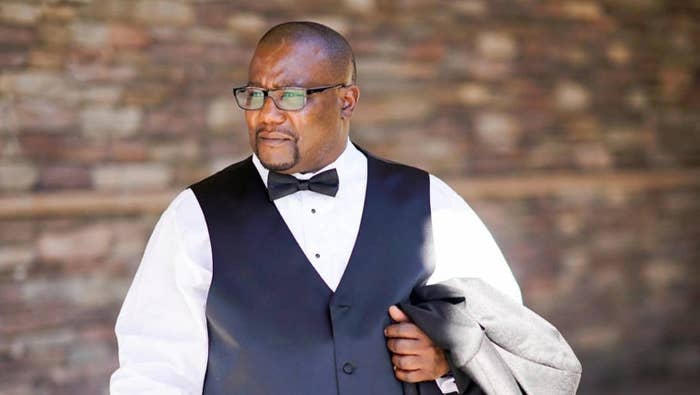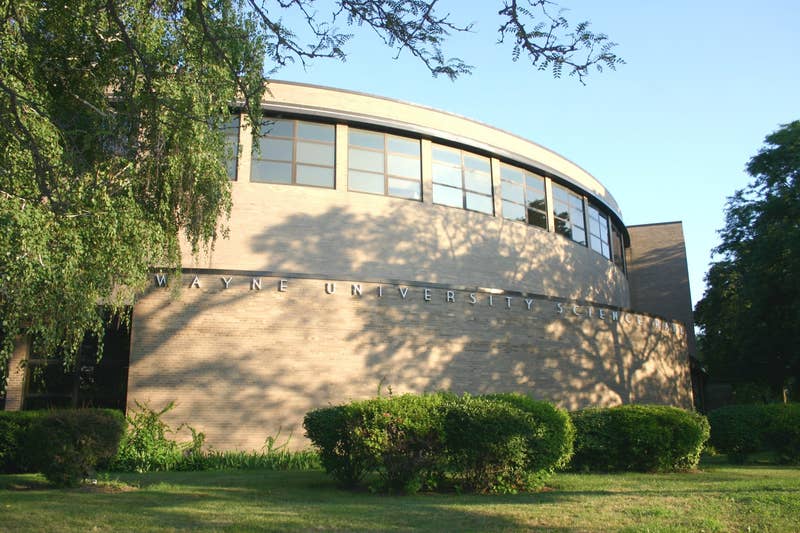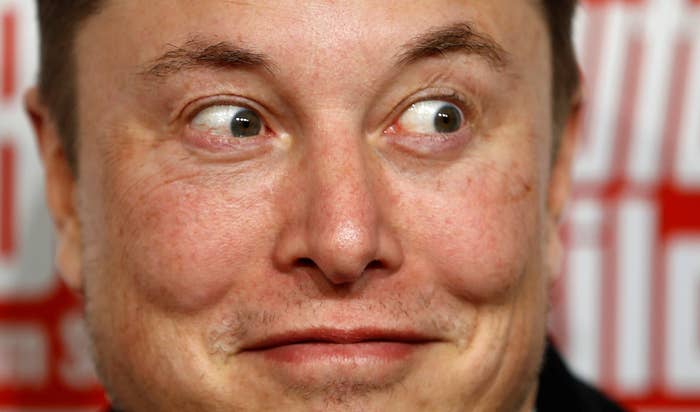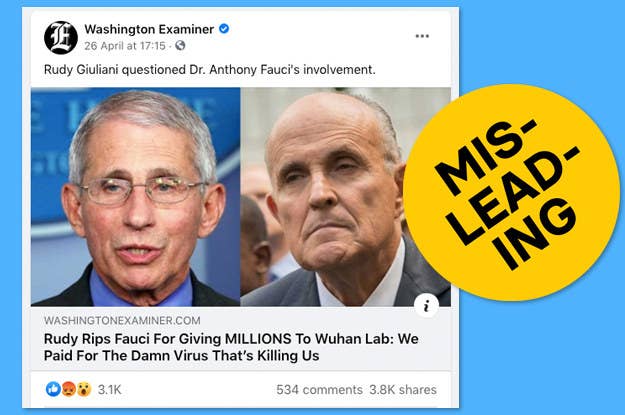by Janet Smith on April 22nd, 2020 STRAIGHT.COM

Arc'teryx's new medical gown, ranked at badly needed level 3 isolation.JAMES KIM
At first glance, Vancouver’s thriving outerwear industry might seem far removed from that of protective surgical gowns. One apparel is designed to take adventurers outdoors, across glaciers and through rainforests; the other, as we see every night on the television news, is confined to a strictly indoor world with its own invisible hazards.
But at Arc’teryx and other local outdoor-gear companies, the similarities are coming sharply into focus.
Applying the materials, techniques, and innovation that’s made it a go-to in extreme-adventure sports, Arc’teryx has managed to pivot within 10 days to manufacturing badly needed Level-3 isolation medical gowns for Vancouver Coastal Health. Under the health authority’s guidance, it’s joined in the effort by likeminded Mustang Survival (which makes protective gear for water rescue and mariners) and Boardroom Clothing (known for technical clothing and sustainability) in the B.C. Outdoor Apparel and Gear project. Each company has committed to making 30,000 gowns—90,000 in total.
“When we were given the technical specs [from the health authority] we started to recognize the tests for water resistance and spray penetration, the breathability,” Shirley Chan, senior director of product commercialization, who’s leading the project at Arc’teryx, explains over a video call. “What we do has nothing to do with pathogens, but it’s about barrier protection.
“We’re known for our waterproof, breathable technology,” Chan says, adding that’s achieved mostly through using Gore-Tex. “But it’s really about managing weather and the ability to sustain comfort in inclement weather. If you are comfortable, you will last longer at what you’re doing—whether that’s on a mountain top and you want to perform better or longer, or in protective gear at a hospital. You’ll generally feel safer as well; gear shouldn’t be something you think about.”
Like outdoor wear, she stresses, hospital gowns have to allow for as much range of movement as possible. One of the challenges of the surgical gowns is its universal fit for all shapes and sizes of frontline healthcare workers; cuffs need to be able to be pushed up and ties have to sit in the right place.

Machinery was moved apart and safety measures were instituted at Arc'teryx's manufacturing facility in New West.JAMES KIM
Developing a pattern was relatively easy, though, compared to finding a material that would live up to the protective grade needed. “We weren’t wanting hundreds or thousands but hundreds of thousands of metres,” she stresses. Between Arc’teryx, Boardroom, and Mustang, they tested numerous materials in stock for quality, but some were too waterproof or too heavy or too thin, she explains. That’s when Delta-based KenDor Textiles stepped in with a type of breathable Softshell.
At Arc’teryx’s ARC’One manufacturing facility in New Westminster, the company has sourced enough to deliver more than 1,500 Level-3 isolation gowns at a below-market rate. KenDor tapped a mill in China, whose new shipment should arrive by boat by the beginning of May to fill the rest of the orders within four to six weeks.
Arc’teryx had initially been forced to lay off about 450 workers from its New West facility when the pandemic struck. Now it’s been able to bring some of those workers back, wearing medical masks and assigned to spread-out work stations.
The project moved so fast, Chan relates, “we were literally cutting fabrics and moving machines simultaneously.” The company is already looking at the possibility of making more gowns for other districts once this batch is delivered.
Developing a pattern was relatively easy, though, compared to finding a material that would live up to the protective grade needed. “We weren’t wanting hundreds or thousands but hundreds of thousands of metres,” she stresses. Between Arc’teryx, Boardroom, and Mustang, they tested numerous materials in stock for quality, but some were too waterproof or too heavy or too thin, she explains. That’s when Delta-based KenDor Textiles stepped in with a type of breathable Softshell.
At Arc’teryx’s ARC’One manufacturing facility in New Westminster, the company has sourced enough to deliver more than 1,500 Level-3 isolation gowns at a below-market rate. KenDor tapped a mill in China, whose new shipment should arrive by boat by the beginning of May to fill the rest of the orders within four to six weeks.
Arc’teryx had initially been forced to lay off about 450 workers from its New West facility when the pandemic struck. Now it’s been able to bring some of those workers back, wearing medical masks and assigned to spread-out work stations.
The project moved so fast, Chan relates, “we were literally cutting fabrics and moving machines simultaneously.” The company is already looking at the possibility of making more gowns for other districts once this batch is delivered.

Developing patterns and prototypes, then delivering product within 10 days would normally be unthinkable in the high-end, extreme outdoor-wear industry. Not so with the medical gowns.
As much as it’s been a smooth transition, there is one huge difference between what Arc’teryx normally does and this project: the idea that sewers, sample makers, pattern makers, and engineers could finish prototypes and kick a design into production in only 10 days would be almost unthinkable in the world of high-end adventure apparel. Chan laughs that, normally, it takes Arc’teryx two years to design and take a piece to market. “But then it’s blue sky—your options are limitless,” she says. “With this item the specs were predetermined.”
For now, while the medical gowns start to roll off the assembly line, Arc’teryx’s blue-sky creatives are working from home to create fall 2021 and spring 2022 collections.
“This is a bit of a hiatus on the world, but when the pandemic ends, we’re going to have to be ready to go,” Chan says.
As much as it’s been a smooth transition, there is one huge difference between what Arc’teryx normally does and this project: the idea that sewers, sample makers, pattern makers, and engineers could finish prototypes and kick a design into production in only 10 days would be almost unthinkable in the world of high-end adventure apparel. Chan laughs that, normally, it takes Arc’teryx two years to design and take a piece to market. “But then it’s blue sky—your options are limitless,” she says. “With this item the specs were predetermined.”
For now, while the medical gowns start to roll off the assembly line, Arc’teryx’s blue-sky creatives are working from home to create fall 2021 and spring 2022 collections.
“This is a bit of a hiatus on the world, but when the pandemic ends, we’re going to have to be ready to go,” Chan says.



















